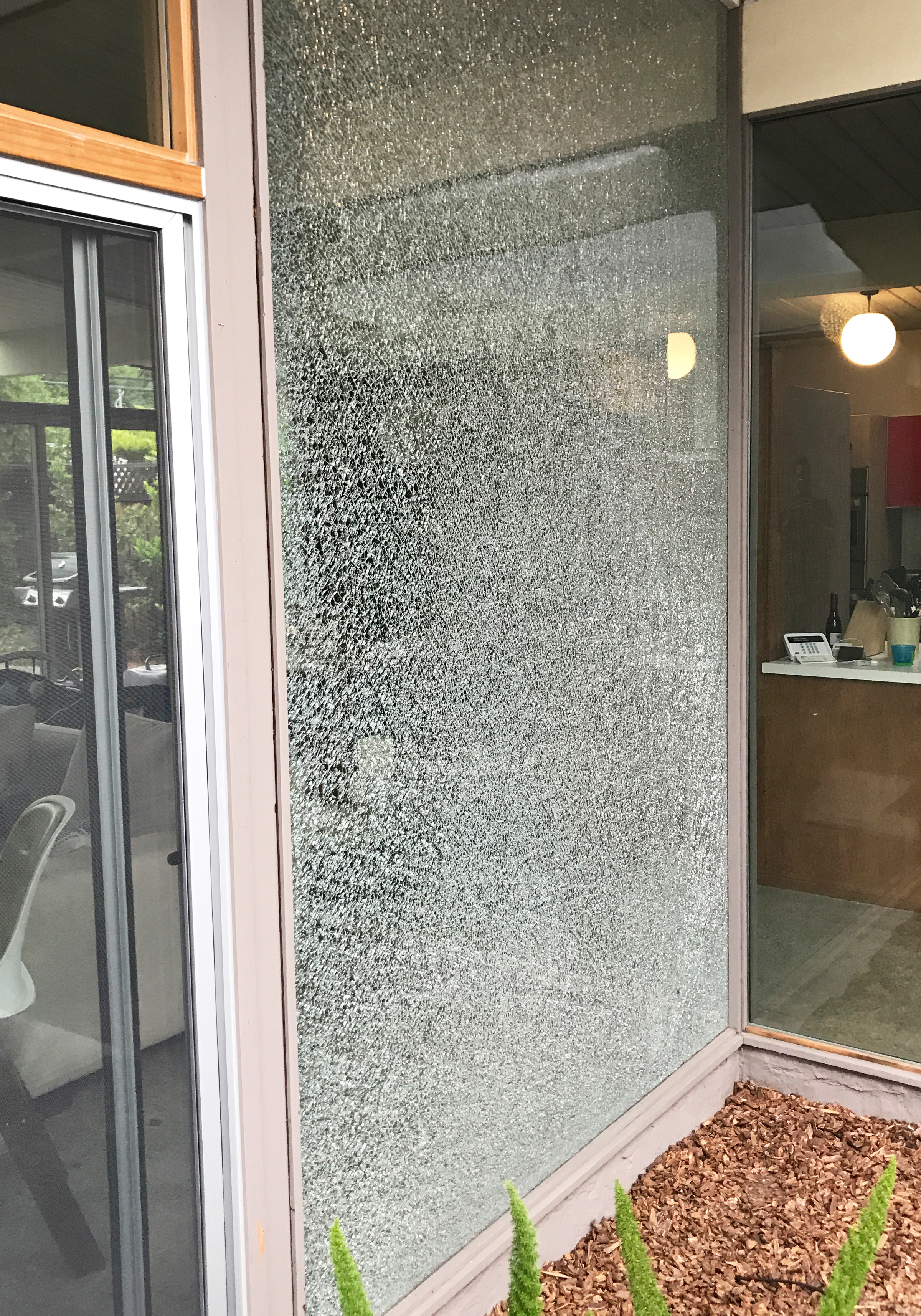Mystery of the Broken Glass - Page 2
 |
 |
|
|
He explained that the tempering process, while adding strength, also can form nickel sulfide 'stones' in the glass due to nickel contamination. While these stones are initially less than.02 inches in diameter, Stellman points out, temperature can make the stones grow "and cause the glass to shatter for no apparent reason. This same condition can lead to spontaneous breakage months or even years after glass products are in use."
Paulo also questioned the quality control of the glass manufacturers, stating that Stellman "has been very helpful," but also noting "they [Palo Alto Glass] do not themselves make these large panels. They source it out."
"Another cause of tempered-glass breakage is stress," says Stellman. "As Paulo mentioned, he could see a crack in the concrete [slab] leading up to the window that broke. It is possible that settling and building movement put excessive loads on the glass, causing it to break."
Because the Mottas had their slab polished as concrete flooring, "I can see every single crack in the slab," Paulo says. "One of these cracks lined up precisely to where the [shattering] pattern starts."
"I do think there must have been some motion," he says of his Eichler's foundation, zeroing in on a probable cause for the window loss. Still, he is hoping to be home to observe his upcoming atrium-glass replacement project, so he can inspect the panel frame for other clues.
"It's quite an expensive replacement," Paulo says of the $2,000-plus repair, which requires five installers to position the huge glass panel in place.
Although spontaneous breakage is not covered by manufacturer's warranty, Stellman says Palo Alto Glass has offered to split the replacement cost with the Mottas.




